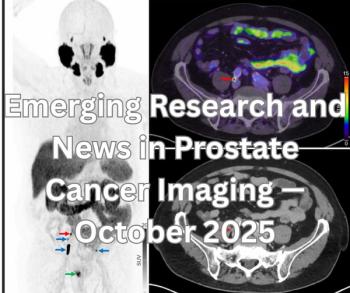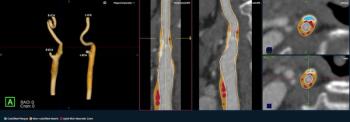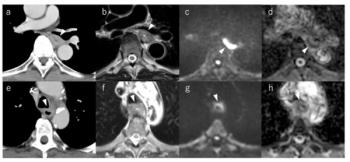
Strides in 3D Printing Offer Game-Changing Applications for Radiology
How advances in 3D printing could bring significant changes to radiology practices.
Radiologists have always been at the forefront of adopters of new technologies, apropos of a field that relies so heavily on technology in its daily operation. Yet, the untapped opportunities and applications of 3D printing have not been fully utilized in our specialty.
Recent improvements in 3D printing have enabled improved printer portability, decreased cost-per-unit, customizability of forms and materials, increased speed from inception to production, and the ability to share files and model plans without needing to ship the physical product. It’s now possible to have separate models made for each unique patient situation or training requirement and have them made quick enough to utilize in relatively urgent situations.
Key emerging applications of 3D printing technology include preprocedural planning, student and resident training, and patient education, all of which could benefit from a radiologist’s expertise and guidance.
Preprocedural planning
One of the most exciting uses of 3D printing for the immediate benefit of patient and physician is the ability to utilize custom models for preprocedural planning. A surgeon facing a difficult operation with complex anatomy may find it difficult to be fully prepared for the unique challenges encountered in a particular patient. One-size-fits-all models would not be able to replicate individual variability sufficiently enough for pre-operative practice or hand-on planning.
Improved learning
In addition to its role in pre-procedural planning, 3D printing technologies can further address a significant need for improved learning devices and hands-on training tools. For instance,
Particularly for radiology residents who need to master abstract internal anatomy and intricate anatomical relationships, having a set of tactile learning tools for any structure could speed the training process greatly and afford each resident the ability practice on models individually before applying the knowledge later.
The addition of 3D printing to other didactic tools-including virtual reality devices and computer-assisted curricula-can present a set a revolutionary hands-on learning techniques and contribute to a paradigm shift in content delivery and radiology education.
Patient education
A third highly useful application with a great potential is the utility of 3D printing in patient education and procedural consent. Challenges in obtaining informed consent can often occur with abstract anatomical concepts or presentations that are lacking in patient specificity.
Both these issues can be addressed by the aid of 3D-printed models that can be interacted with and are individualized to a particular patient’s upcoming procedure.
Given its practicality, versatility, portability, and effectiveness, 3D printing technology is rapidly emerging as a useful tool with new healthcare-related applications arising everyday. Due to their exceptional understanding of imaging, anatomy, and informatics which are essential elements for successful utilization of 3D printing, radiologists are uniquely equipped to optimize the value of this technology in healthcare and potentially serve as gatekeepers for its safe, effective, and innovative use.
Radiologists can, and should, take advantage of this game changer for the benefit of their patients, trainees, and practices.
Newsletter
Stay at the forefront of radiology with the Diagnostic Imaging newsletter, delivering the latest news, clinical insights, and imaging advancements for today’s radiologists.

































